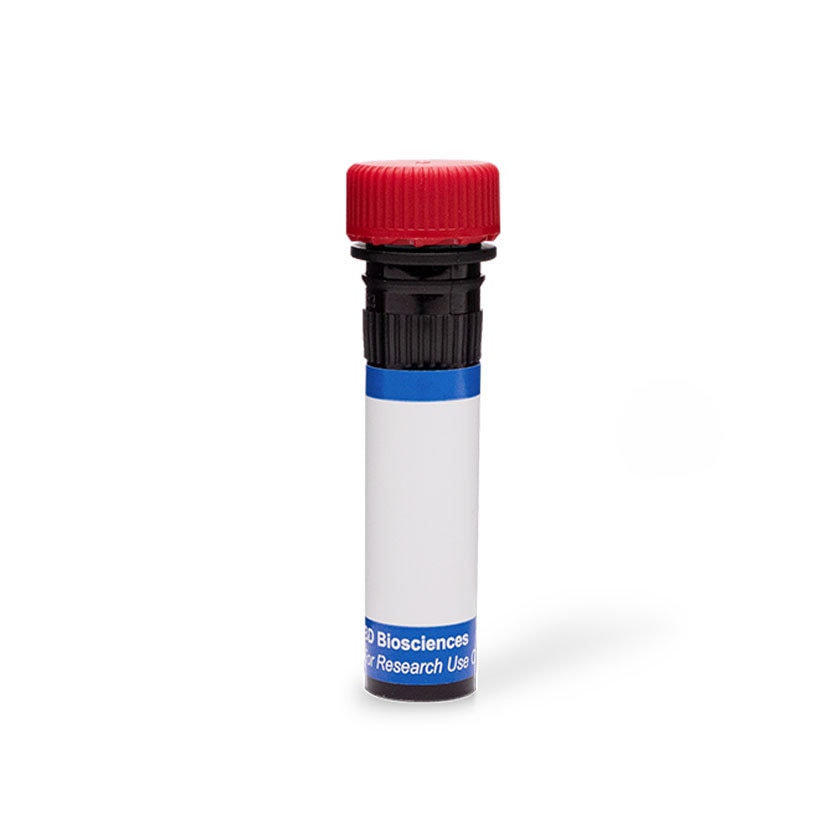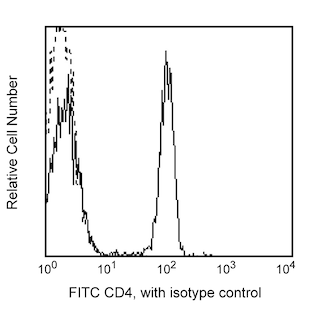-
抗体試薬
- フローサイトメトリー用試薬
-
ウェスタンブロッティング抗体試薬
- イムノアッセイ試薬
-
シングルセル試薬
- BD® AbSeq Assay
- BD Rhapsody™ Accessory Kits
- BD® OMICS-One Immune Profiler Protein Panel
- BD® Single-Cell Multiplexing Kit
- BD Rhapsody™ TCR/BCR Next Multiomic Assays
- BD Rhapsody™ Targeted mRNA Kits
- BD Rhapsody™ Whole Transcriptome Analysis (WTA) Amplification Kit
- BD® OMICS-Guard Sample Preservation Buffer
- BD Rhapsody™ ATAC-Seq Assays
- BD® OMICS-One Protein Panels
-
細胞機能評価のための試薬
-
顕微鏡・イメージング用試薬
-
細胞調製・分離試薬
-
- BD® AbSeq Assay
- BD Rhapsody™ Accessory Kits
- BD® OMICS-One Immune Profiler Protein Panel
- BD® Single-Cell Multiplexing Kit
- BD Rhapsody™ TCR/BCR Next Multiomic Assays
- BD Rhapsody™ Targeted mRNA Kits
- BD Rhapsody™ Whole Transcriptome Analysis (WTA) Amplification Kit
- BD® OMICS-Guard Sample Preservation Buffer
- BD Rhapsody™ ATAC-Seq Assays
- BD® OMICS-One Protein Panels
- Japan (Japanese)
-
Change country/language
Old Browser
Looks like you're visiting us from United States.
Would you like to stay on the current country site or be switched to your country?
BD Pharmingen™ PE Rat Anti-Human CD184
クローン 1D9 (RUO)

Detection of CXCR4 expression on human peripheral lymphocytes by PE-conjugated 1D9. Human lysed whole blood were stained with 0.5 µg of PE-conjugated 1D9 and anti-human CD4-FITC (Cat. No. 555346) The data reflects gating on lymphocytes, based on forward and side scattered light signals. The level of nonspecific staining was assessed by using PE-conjugated rat IgG2a (Cat. No.555844) as isotype control. The quadrant markers for the bivariate dot plots were set based on the isotype control.


Detection of CXCR4 expression on human peripheral lymphocytes by PE-conjugated 1D9. Human lysed whole blood were stained with 0.5 µg of PE-conjugated 1D9 and anti-human CD4-FITC (Cat. No. 555346) The data reflects gating on lymphocytes, based on forward and side scattered light signals. The level of nonspecific staining was assessed by using PE-conjugated rat IgG2a (Cat. No.555844) as isotype control. The quadrant markers for the bivariate dot plots were set based on the isotype control.

Detection of CXCR4 expression on human peripheral lymphocytes by PE-conjugated 1D9. Human lysed whole blood were stained with 0.5 µg of PE-conjugated 1D9 and anti-human CD4-FITC (Cat. No. 555346) The data reflects gating on lymphocytes, based on forward and side scattered light signals. The level of nonspecific staining was assessed by using PE-conjugated rat IgG2a (Cat. No.555844) as isotype control. The quadrant markers for the bivariate dot plots were set based on the isotype control.


BD Pharmingen™ PE Rat Anti-Human CD184

Regulatory Statusの凡例
Any use of products other than the permitted use without the express written authorization of Becton, Dickinson and Company is strictly prohibited.
Preparation and Storage
推奨アッセイ手順
The PE-conjugated 1D9 antibody can be used for the immunofluorescent staining and flow cytometric analyses of human leukocytes and cell lines that express CXCR4 (see figure).
Product Notices
- Since applications vary, each investigator should titrate the reagent to obtain optimal results.
- Please refer to www.bdbiosciences.com/us/s/resources for technical protocols.
- Caution: Sodium azide yields highly toxic hydrazoic acid under acidic conditions. Dilute azide compounds in running water before discarding to avoid accumulation of potentially explosive deposits in plumbing.
The monoclonal antibody 1D9 reacts with the human CD184 which is also known as CXC chemokine receptor, CXCR4. CXCR4 (previously known as fusin, LESTR and HUMSTR), a seven-transmembrane, G-protein-coupled receptor, is the specific receptor for CXC chemokines, SDF-1/CXCL12. CXCR4 was widely expressed by hematopoietic and non-hematopoietic cell types including PMN, monocytes, T cells, B cells, CD34+ progenitor cells, endothelial cells, neurons and astrocytes. The human CXCR4 is used by T-tropic HIV-1 as a co-receptor for viral entry. The human CXCR4 gene has been mapped to chromosome 2q21. The immunogen used to generate 1D9 hybridoma was human CXCR4 fusion protein.
This antibody is routinely tested by flow cytometric analysis. Other applications were tested at BD Biosciences Pharmingen during antibody development only or reported in the literature.

Development References (11)
-
Bleul CC, Farzan M, Choe H, et al. The lymphocyte chemoattractant SDF-1 is a ligand for LESTR/fusin and blocks HIV-1 entry. Nature. 1996; 382(6594):829-833. (Biology). View Reference
-
Bleul CC, Wu L, Hoxie JA, Springer TA, Mackay CR. The HIV coreceptors CXCR4 and CCR5 are differentially expressed and regulated on human T lymphocytes.. Proc Natl Acad Sci U S A. 1997; 94(5):1925-1930. (Biology). View Reference
-
Federsppiel B, Melhado IG, Duncan AM, et al. Molecular cloning of the cDNA and chromosomal localization of the gene for a putative seven-transmembrane segment (7-TMS) receptor isolated from human spleen. Genomics. 1993; 16(3):707-712. (Biology). View Reference
-
Feng Y, Broder CC, Kennedy PE, Berger EA. HIV-1 entry cofactor: functional cDNA cloning of a seven-transmembrane, G protein-coupled receptor. Science. 1996; 272(5263):872-877. (Biology). View Reference
-
Forster R, Kremmer E, Schubel A, et al. Intracellular and surface expression of the HIV-1 coreceptor CXCR4/fusin on various leukocyte subsets: rapid internalization and recycling upon activation. J Immunol. 1998; 160(3):1522-1531. (Immunogen). View Reference
-
Gupta SK, Lysko PG, Pillarisetti K, Ohlstein E, Stadel JM. Chemokine receptors in human endothelial cells. Functional expression of CXCR4 and its transcriptional regulation by inflammatory cytokines. J Biol Chem. 1998; 273(7):4282-4287. (Biology). View Reference
-
He J, Chen Y, Farzan M, et al. CCR3 and CCR5 are co-receptors for HIV-1 infection of microglia. Nature. 1997; 385(6617):645-649. (Biology). View Reference
-
Hesselgesser J, Halks-Miller M, DelVecchio V, et al. CD4-independent association between HIV-1 gp120 and CXCR4: functional chemokine receptors are expressed in human neurons. Curr Biol. 1997; 7(2):112-121. (Biology). View Reference
-
Loetscher M, Geiser T, O'Reilly T, Zwahlen R, Baggiolini M, Moser B. Cloning of a human seven-transmembrane domain receptor, LESTR, that is highly expressed in leukocytes. J Biol Chem. 1994; 269(1):232-237. (Biology). View Reference
-
Nomura H, Nielsen BW, Matsushima K. Molecular cloning of cDNAs encoding a LD78 receptor and putative leukocyte chemotactic peptide receptors. Int Immunol. 1993; 5(10):1239-1249. (Biology). View Reference
-
Oberlin E, Amara A, Bachelerie F, et al. The CXC chemokine SDF-1 is the ligand for LESTR/fusin and prevents infection by T-cell-line-adapted HIV-1. Nature. 1996; 382(6594):833-835. (Biology). View Reference
Please refer to Support Documents for Quality Certificates
Global - Refer to manufacturer's instructions for use and related User Manuals and Technical data sheets before using this products as described
Comparisons, where applicable, are made against older BD Technology, manual methods or are general performance claims. Comparisons are not made against non-BD technologies, unless otherwise noted.
For Research Use Only. Not for use in diagnostic or therapeutic procedures.
